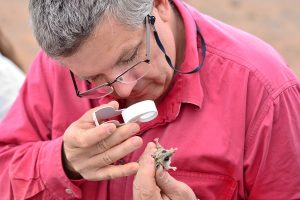The Ecology Society of Australia (ESA) is the peak association of ecologists in Australia, with over 1,200 members from all states and territories.
The image above features in their 2019 Calendar, along with other spectacular images of Australian flora, fauna, landscapes, coasts, skies and marine environments.
Each picture tells a story of the Australian environment, and this picture is no different:
Australian fauna are able to inhabit a diverse range of ecological niches. The Australian Fur Seal (Arctocephalus pusillus) and the Fat-tailed Dunnart (Sminthopsis crassicaudata) exemplify this: both are mammals but live in very different environments.
The Fur Seal is semi-aquatic, spending most of its time in water to feed, and only returning to land to mate, breed and moult. Key adaptations enable them to survive in a marine environment.
On the other hand, the Fat-tailed Dunnart is a terrestrial mammal found in sparsely vegetated areas of arid and semi-arid environments. It uses a number of adaptations to survive in these extreme environments where resources such as water and food can be in short supply. Two completely contrasting life histories for species that are distantly related.
Scientell, one of STA’s member benefit partners, provides media communication support to the society and helped produce the calendar.
Order the 2019 ESA calendar online now.




